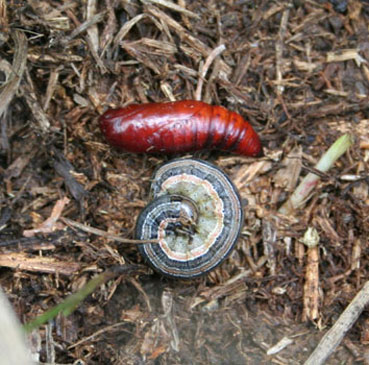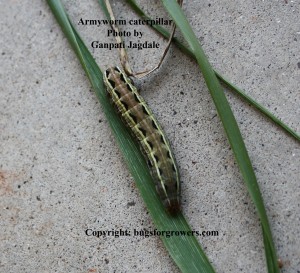

While the pheromone lures are formulated to mimic the female fall armyworm scent to attract male fall armyworm, please be aware that other moth or invertebrate species can be caught in these traps (bycatch). A permit is available for use of lures and dichlorvos cubes in traps (PER89169). Should the fall armyworm arrive in south-eastern regions, the adult moth stage can be monitored with pheromone lures and bucket traps. Rice and C4 pasture grasses are also listed as hosts in the literature, although they are less preferred than maize and sorghum. Other summer grain crops which have experienced minor fall armyworm feeding damage include sorghum and millet. Since its arrival in the Queensland tropics in January, it has been observed to be mostly damaging to maize (and sweet corn). The fall armyworm has a wide host range and some summer crops may be at risk in south-eastern cropping systems. Fall Armyworm Continuity Plan for the Australian Grains Industry, Version 1 (November 2020), Plant Health Australia Summer grains and forage crops at risk Fall armyworm risk prediction map showing zones where there is fall armyworm risk all of the time, most of the time or some of the time. Map from Kearns et al. However, the fall armyworm can overcome these two limitations during warmer months.īy taking advantage of its ability to migrate and disperse thousands of kilometres, it may arrive down south from more northern regions where it survives for several months of the year or year-round (Figure 1).

With the first detections of moth and larvae in northern and central NSW during October, here’s a recap of what you need to know about this recently introduced crop pest.

As we have now entered the warmer months of the year, migrations of the fall armyworm, Spodoptera frugiperda, to south-eastern Australia are a very real possibility.


 0 kommentar(er)
0 kommentar(er)
